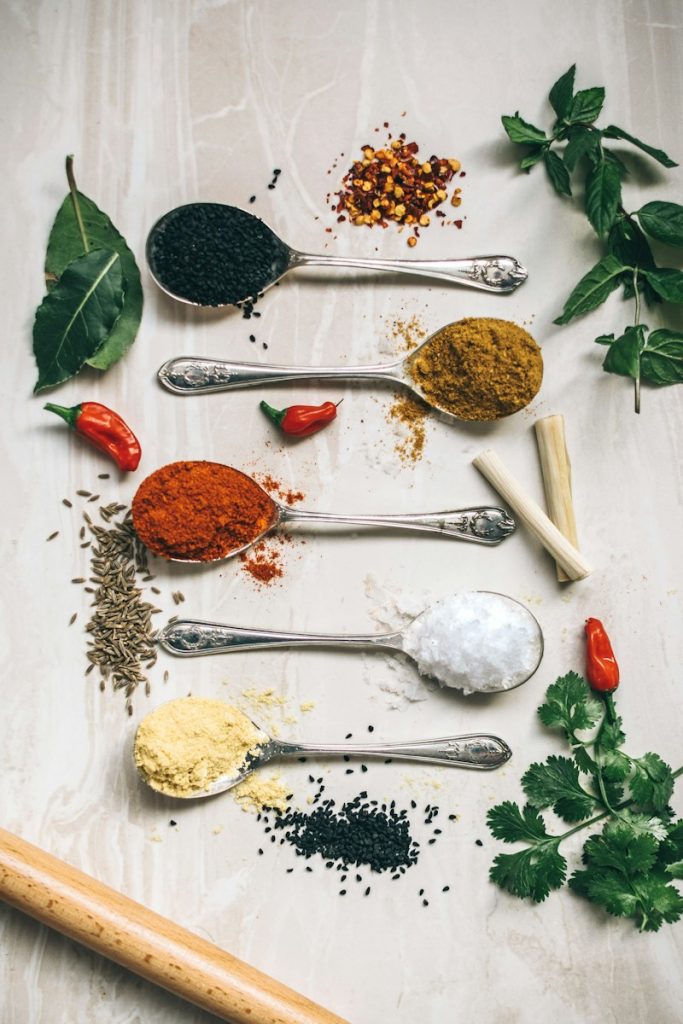This is perhaps the simplest method of preparing an herb. Fresh or dried herbs can be used. However, note that a larger amount of fresh herb will be needed to compensate for its higher water content. Therefore, if the instructions call for 1 part (for example, 1 teaspoon) of dried herb, the dried herb can be substituted with 3 parts (or 3 teaspoons) of fresh herb.
A Simple Hot Infusion
Gently warm a china or glass teapot and put in about 1 teaspoonful of dried herb or herb mixture for each cup of tea desired. Add 1 cup of boiling water for each teaspoonful of herb in the pot and put the lid on.
Leave to steep for 10 to 15 minutes. Infusions may be drunk hot (normally best for a medicinal tea) or cold; they may even be iced. If desired, sweeten with licorice root, honey, or brown sugar.
To make larger infusions, use a proportion of 30 g (1 oz) of herb to a half-liter (1 pint) of water. As their shelf life is not very long, infusions should be prepared when needed. Herbal tea bags may be made by filling little muslin bags with herb mixtures, but take care to remember how many teaspoonfuls you have put into each bag! These can be used in the same way as ordinary tea bags.
Infusions are appropriate for softer plant tissue such as leaves, flowers, or green stems, where the desired substances are easily accessible. If an infusion is to be made of bark, roots, seeds, or resin, it is best to powder them first to break down some of the cell walls, which will facilitate extraction. Seeds—for instance, fennel or aniseed- should be slightly bruised to release the volatile oils from the cells. All aromatic herbs should be infused in a pot with a tight-fitting lid to minimize loss of volatile oils.
Cold Infusions
Some herbs are sensitive to heat, either because they contain highly volatile oils or because their constituents break down at high temperatures. For these herbs, make a cold infusion. The proportion of herb to water is the same, but in this case, the infusion should be left for 6 to 12 hours in a well-sealed earthenware pot. When the liquid is ready, strain and use it.
As an alternative, cold milk can be used as a base for a cold infusion. Milk contains fats and oils that aid in the dissolution of oily constituents of plants. Milk infusions can be used for compresses and poultices, which will add the soothing action of the milk to that of the herbs. There is, however, one contraindication for the use of milk in an infusion. If there is any evidence that an individual might have a sensitivity or allergy to milk when taken internally, or if the skin becomes irritated when it is applied externally, then avoid such infusions.



